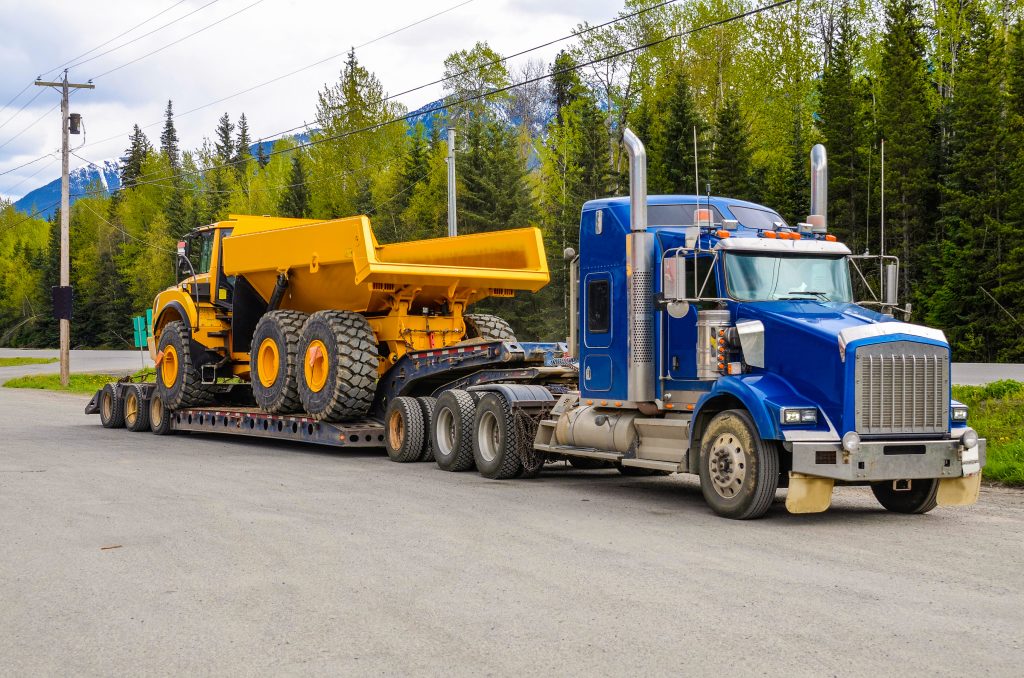
There are basic practices used for moving heavy pieces of equipment. The choice of method to opt for depends on a number of factors, such as the size of the equipment and its weight. The goal of these practices is to ensure that your equipment gets easily and safely transported to its destination.
If you’re still contemplating how to move heavy equipment with ease, here are 7 best practices to execute to achieve a smooth process of transporting it from one location to the other.
Check The Manual
Before you move any heavy equipment, you must read the equipment’s manual. This manual contains instructions and specifications on the best way to move the specific machinery. The heavy hauling of your pieces of equipment might not go as planned if you don’t refer to the proper instructions in the manual on how to handle it upon transport. Moreover, some equipment may be more sensitive and need special handling, which is where the manual comes in handy.
While some equipment might need to be broken down into smaller components before transporting, there are others you can move with other equipment in a full truckload because they are not fragile and they cover a minimal space due to their small size. This is why it’s important to follow the manual’s instructions regarding specifications. In cases where there is no manual present, you can check the website of the manufacturing company for some guidance.
Hire An Experienced Professional
The importance of selecting the right people or services for your heavy hauling can’t be overemphasised. This determines a lot about how successful the moving process will go. One of the best ways to get experienced and licensed professionals is to research and check reviews on trusted platforms.
You should probe on how well they have handled past projects through feedback from previous clients. Also, check the state of their vehicles and the safety precautions they have in place. You sure wouldn’t want to place your well-valued equipment and machines in the hands of unreliable service providers. In addition, you must ensure you’re hiring an insured company. This is important, especially when something unexpected happens. That being said, if your equipment incurs any damage while under their care, you’ll be well compensated if the company has its own insurance.
Know The Route
Another best practice is to consider the best route to get to your destination. You should try to go for the shortest route that has fewer chances of encountering problems. This would ensure on-time arrivals, without any hindrances. Additionally, deciding your route early on can prepare you for other concerns, such as road traffic, roadblocks, construction, and restricted areas that don’t allow heavy equipment to pass through. So, you’ll be able to look for alternative routes that can easily get you to the location hassle-free.
Have a Moving Budget
Moving heavy equipment requires the help of professional crane services. However, these wouldn’t come without a cost. You should therefore consider the budget for your expenses before deciding which professional service to go for.
Once you’ve decided how much you can spend on your logistics, it’s important to make other necessary arrangements, such as the transport or moving options. Some of the things to consider when deliberating between options are the company’s arrangements, quality of service, and the strategy for moving the heavy equipment. Knowing the estimated costs that you need to prepare is crucial to avoid unexpected expenses that may affect your budget.
Inspect The Vehicle
You should inspect the transport option that you’ll eventually choose. Check out the maintenance of the vehicles and loaders they will utilise. This might not have to be very rigorous, especially when using a credible moving service provider. However, if it’s your first time using their service, you should ensure to cover all grounds to prevent any risk or hazard that could happen because of the negligence of the service provider.
Select the Right Choice of Equipment
The best equipment for lifting, loading, and unloading should be selected carefully. However, if you hire good professionals, they could help you in making the best decisions for moving your equipment. Don’t try to do it by yourself, especially if you don’t have any professional training. You should let the experts do what they are trained to do to prevent accidents or damages that might add up to your expenses.
Avoid Risky Load Designations
Taking risks when it comes to moving heavy equipment could be dangerous. You should avoid overloading the vehicle with pieces of heavy equipment to save up on travelling costs and service fees. Always keep in mind the safety of your equipment and the people transporting it. Don’t take such loading risks for granted because it can jeopardise your business and your credibility.
Conclusion
Moving your heavy equipment must be done with care to ensure your valuables are moved to their destinations without damage. Selecting the right equipment and technique to use is very important. However, you don’t have to do it by yourself. Seek the help of experienced, and licensed professional hauling companies to get the best results.
